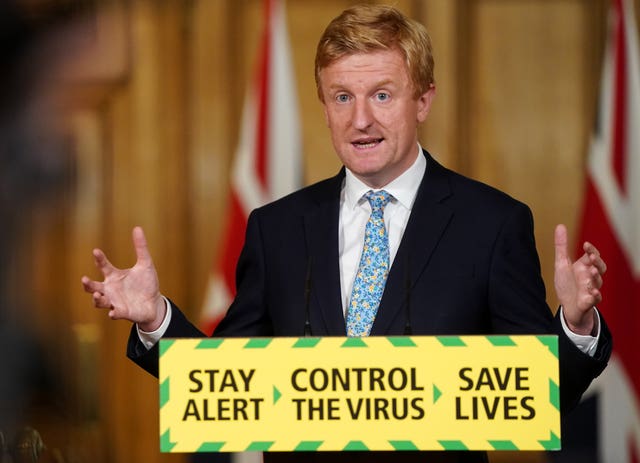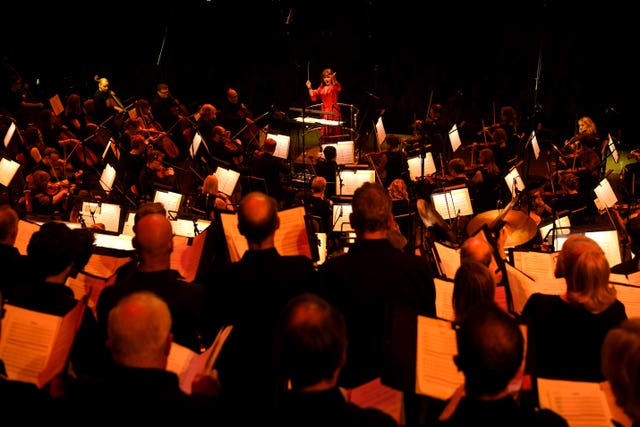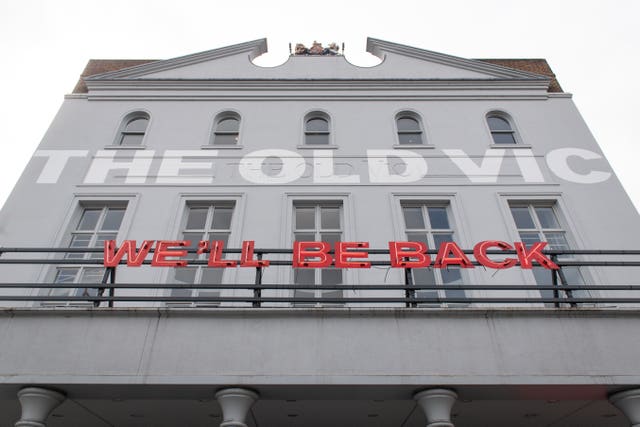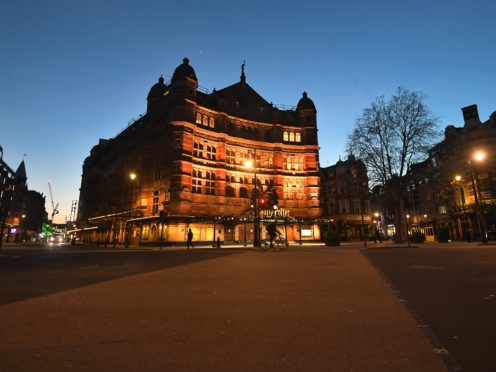Singing and playing wind and brass instruments have been designated “higher risk” activities in the Government’s new coronavirus guidance for the performing arts industry.
Outdoor performances of theatre, opera, dance and music will be able to resume from Saturday, provided social-distancing measures are in place.
Details of these measures have been published online. Here at the key points.

– What is in the guidance?
The document sets out a five-stage road-map to the safe return of performance.
The UK is currently in stage one and two, which covers rehearsal and training, and performances for broadcast and recording.
On Saturday, stage three will begin – meaning socially-distanced performances can occur outside, with the Department for Digital, Culture, Media And Sport conducting indoor pilots with select venues.
More details on stage four and five will be announced in due course.

– What measures must venues and event organisers take?
The guidance details measures including online ticket booking, socially-distanced seating and stringent venue cleaning.
Performances should be scheduled to allow time for a deep clean before the next audience arrives.
A reduction in venue capacity and limited ticket sales will also help maintain social distancing, the guidance says.
Venues should also have clear social-distancing markings, especially in areas where there is queuing.
Tickets should be purchased online and venues are encouraged to move towards e-ticketing.
Organisers must also ensure they take steps to stop audiences needing to “unduly” raise their voices during the performance.
This includes playing music or announcements during intervals at a volume that may encourage shouting.
Venues and organisers will also be asked to ban visitors from backstage and outside the side door, preventing fans from waiting after the show to meet the star.
Venues and organisers must also take steps to stop attendees from taking part in “close-contact” activities such as communal dancing.

– What will musicians and performers need to do?
Singing and playing wind and brass instruments, especially in groups, have been designated “higher risk” activities and are limited to professionals only.
The guidance sets out a number of additional ways in which organisers can reduce the risk of transmission by those activities.
Singers are encouraged to position themselves side-to-side or back-to-back and avoid singing face-to-face – even when at the required distance.
Performers, conductors and musicians must observe social distancing wherever possible.
The guidance also encourages the reduction of the number of musicians in the orchestra pit and the use of screens to separate them.
Performers will not be required to wear face coverings, but are encouraged to if possible.
